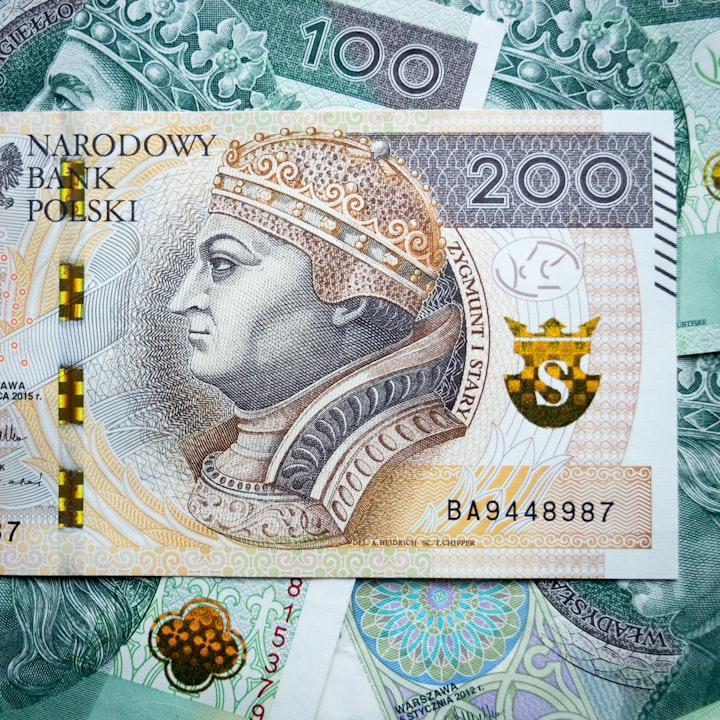What is the Trans-Pacific Partnership and its Impact on Global Commerce?
Understanding the impact of Trans-Pacific Partnership on international trade and global commerce.

The Trans-Pacific Partnership (TPP) has been finalized by twelve participating countries, aiming to reshape international trade and trade regulations for the 21st century.
The Essence of Tariffs
TPP seeks to reduce tariffs, taxes imposed on imports and exports, with the aim of promoting economic activity and fostering international trade.
Facilitating Business Relations
The agreement aims to establish a clear and uniform set of rules to govern business transactions among member countries, fostering stable and consistent trade relations.
Strategic Regional Influence
Beyond immediate impacts, TPP serves as a strategic tool to extend its provisions to other Asian nations, with the long-term goal of shaping trade regulations across the entire region.
Benefits and Implications
The TPP embodies various economic, political, and social implications, subject to extensive debate around job creation, intellectual property rights, and environmental regulations.
Ensuring Fairness and Transparency
The focus is on implementing fair and transparent trade parameters, addressing concerns related to regulatory disparities and market access.
Shaping the Global Economic Landscape
The comprehensive nature of the TPP underscores its potential for reshaping the global economic landscape, setting a precedent for future trade pacts and diplomatic negotiations.
Unraveling the intricate layers of the Trans-Pacific Partnership deal sheds light on its multifaceted nature and the far-reaching implications that extend beyond its immediate scope.
As this influential agreement continues to evolve, it prompts a critical examination of its broader impact on international trade and economic policy, shaping the future landscape of global commerce.






